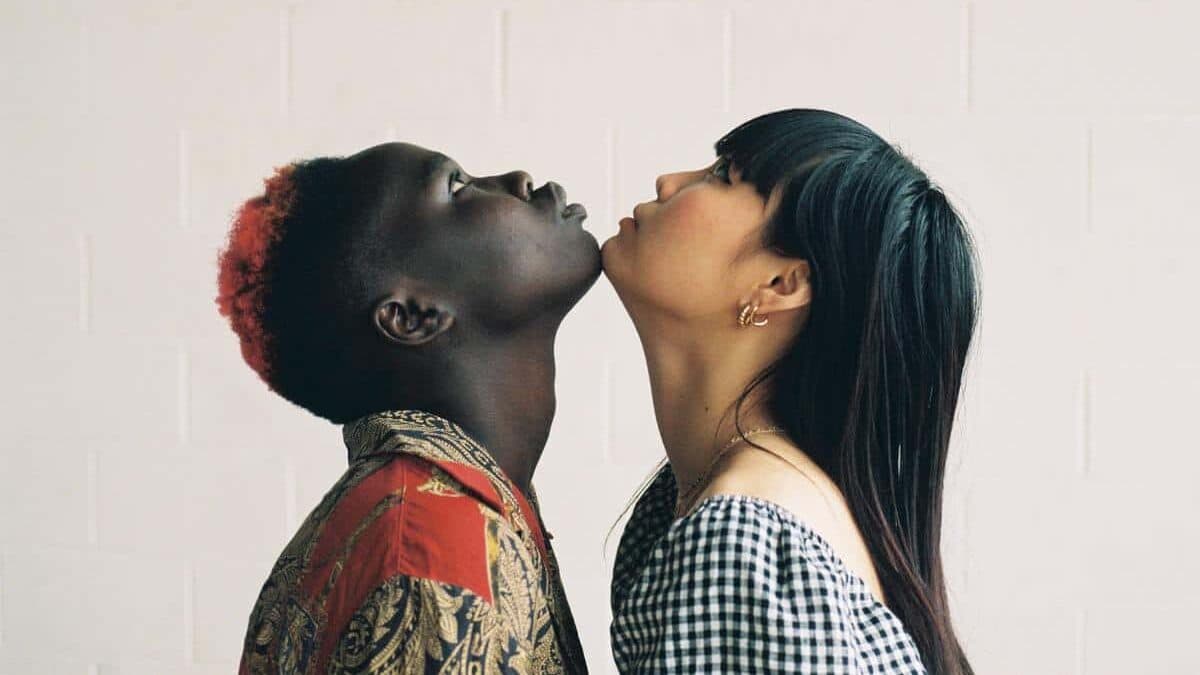Over the past three decades, organisations have seen a ‘paradigm shift’.
Gone are the days when the typical organisational structure was hierarchical and top-down, as exemplified in the cartoon Dilbert. Instead, today’s leading organisations recognise their human capital is their most significant asset.
At the same time, many organisations are experiencing growing internal (employee) and external (client and investor) pressure to overhaul their corporate cultures.
Leading academics believe that promoting greater cultural diversity and inclusion and catering to employee interests can lead to a diversity dividend. Companies with high racial diversity in upper and lower management perform best financially.
However, even though encouraging diversity and inclusion (D&I) is unquestionably the right, and smart thing to do, many organisations and their leaders still fail to act or are falling behind in improving their cultural diversity.
Promoting diversity and inclusion is emotional work.
To implement successful D&I programmes, organisations and their leaders must recognise that they are often significant organisational transformations.
As with any successful change initiative, D&I strategies should consider initiatives that involve both ‘head and heart.’
However, D&I is not considered a top strategic imperative in all companies, with the Diversity Council of Australia highlighting that 18 per cent of companies surveyed in 2021 are not taking any action.
Companies also often focus on the cognitive understanding of change, not its emotional effects.
Further, its responsibility is frequently delegated to its HR department and focuses on processes, numbers and disclosures. This approach, unfortunately, can reduce the programme to a ‘tick box’ activity to ensure compliance with legislation rather than an organisation-wide initiative.
Nevertheless, organisations need to realise that implementing D&I programmes can lead to their leaders and employees, comfortable and familiar with how things are done, being thrust into the unfamiliar and unknown.
As the composition of the workforce, power relations, and processes will disrupt their lives; their anxieties may increase. This may lead to dysfunctional actions amongst them, such as denial, resentment and acting out to cope with the change.
The key enabler – psychologically safe spaces.
Discussions exploring race and ethnicity are uncomfortable topics many Australians do not want to discuss in the workplace. It makes many of us uneasy and often leads us to bury our emotions.
Nevertheless, being politically correct or even silent is not a solution. Silence can help manage short-term anxiety but not long-term performance, as people may behave in ways that are not collaborative.
In these situations, where emotions may be at play, inclusive leaders recognise the need to create a ‘psychologically safe’ organisation culture that supports inclusive behaviours.
They also use ‘holding environments. These are safe spaces in small groups where people of all backgrounds feel empowered and supported to speak up and out, make mistakes and learn from them without fear of consequences.
These spaces can allow leaders to learn from their culturally diverse employees how they feel and what barriers they face that may hold them back from achieving success. It will also enable employees in the majority to share their concerns and fears.
Support your aspiring culturally diverse leaders to thrive
Negotiating the career ladder to become a leader is difficult for anyone. Becoming a leader involves a cycle of ‘trial and error’.
It can be even more challenging for those of culturally diverse backgrounds, particularly those who grew up outside Australia and face stereotypes.
Inclusive leaders recognise that managers sometimes prefer to favour staff members like them as we all have ‘mini-me’ bias at work.
Being an ally for culturally diverse employees is essential. However, this can be a passive role that may not support increased leadership diversity. Inclusive leaders take a further step and sponsor culturally diverse staff members to help them professionally and personally.
Sponsors help their sponsees acquire ‘what’ and ‘who’ to know competencies. They are crucial in supporting aspiring culturally diverse employees to feel like they belong to the organisation and thrive.
Finally, inclusive leaders appreciate that ensuring that their culturally diverse staff are given equal opportunities for stretch assignments and mobility experiences is vital. These will allow them to increase their agility, hone their skills and learn new things.
To find out more, Karen Loon’s new book Fostering Culturally Diverse Leadership in Organisations provides an essential roadmap of actions for HR Leaders looking to build a more inclusive workplace and is now available to purchase via Routledge. For more information, visit https://karenloon.com/.
Keep up to date with our stories on LinkedIn, Twitter, Facebook and Instagram.

